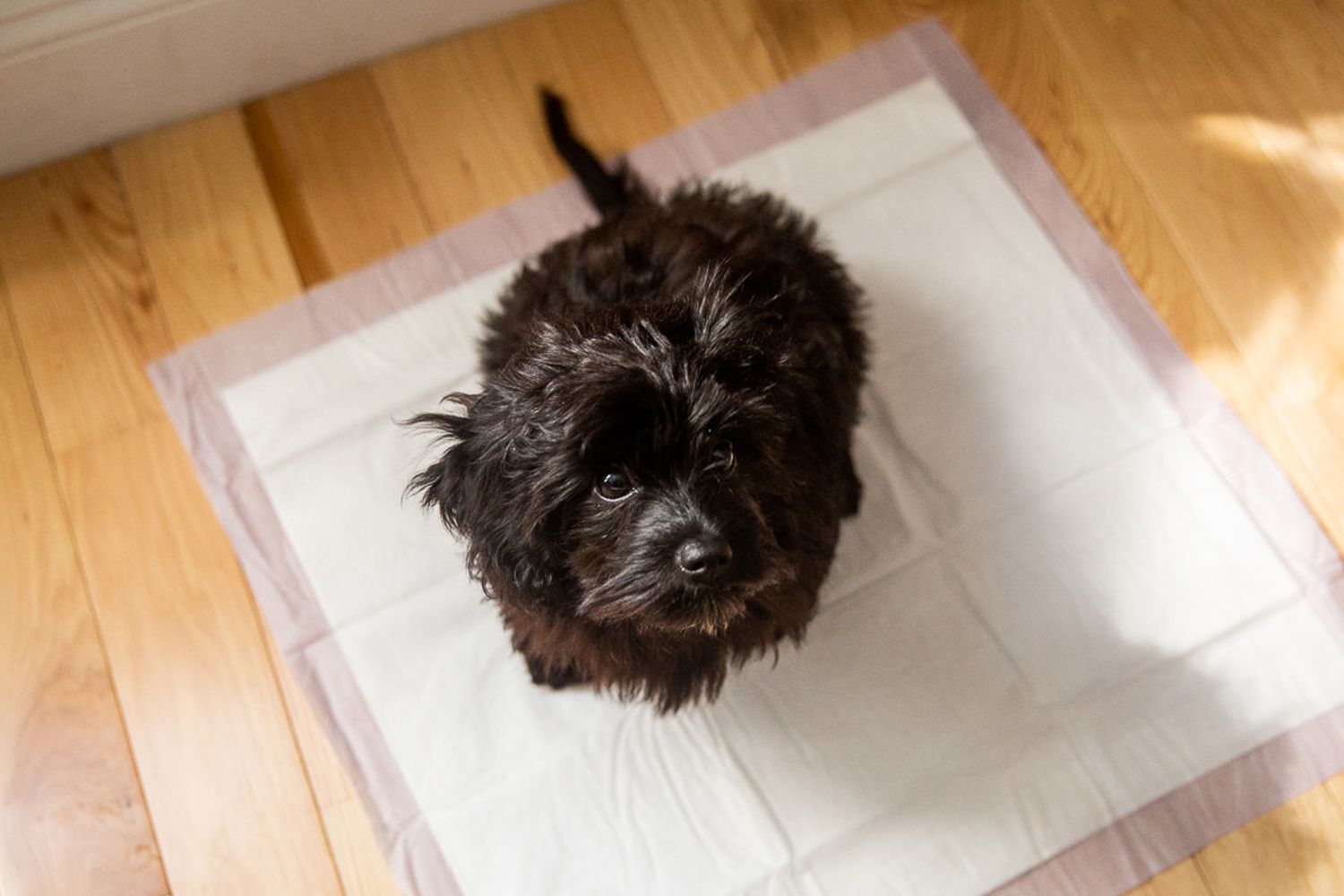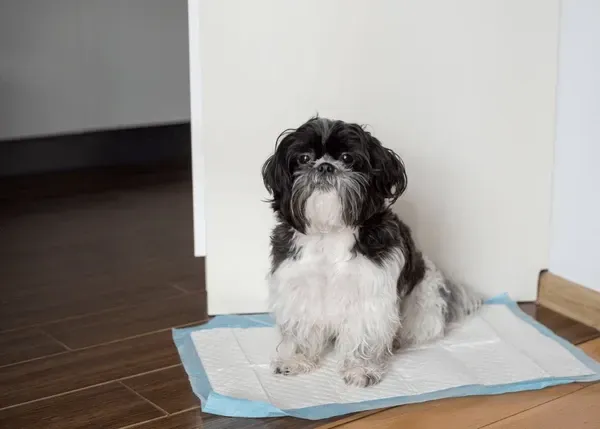Potty Training Your Puppy: A Step-by-Step Guide
Learning the Essentials: Routines and Positive Reinforcement
Bringing a new puppy into your home is a joyous occasion, filled with fluffy cuddles and playful antics. However, amidst the excitement, one crucial task looms: potty training. This essential process sets the stage for a harmonious relationship, preventing daily frustrations and fostering a clean, comfortable living environment. Without a structured plan, accidents become inevitable, leading to stress for both you and your puppy. Fortunately, with a blend of patience, unwavering consistency, and positive reinforcement, you can guide your puppy towards successful house training.
Establishing a routine is the cornerstone of success Puppies, with their diminutive bladders, require frequent bathroom breaks, typically following meals, drinks, play sessions, or naps. A practical guideline suggests that puppies can hold their bladder for approximately one hour per month of age. Therefore, a two-month-old puppy should be escorted outside every two hours.
Designate a specific outdoor potty spot and consistently take your puppy to this location. Employ a consistent verbal cue, such as “Go potty,” to help your puppy associate the command with the action. Maintaining a rigid schedule minimizes accidents and reinforces the habit of eliminating outdoors. This predictability creates a sense of security for your puppy, making the learning process smoother.
Positive reinforcement is paramount in the potty training journey. Immediately upon your puppy successfully eliminating in the designated spot, shower them with enthusiastic praise, gentle petting, or a small, delectable treat. This positive association teaches your puppy that going potty outside results in desirable outcomes. Conversely, avoid punishing accidents. Punishment can instill fear and confusion, hindering the training process and potentially creating anxiety around elimination.
Speak With A Dog
Training Expert
Speak With A Dog Training Expert
Thank you for contacting us!
We will contact you shortly!
Please try again later.
Winter Protection: Keeping Your Dog Comfortable Outdoors
Winter brings chilly temperatures, icy sidewalks, and shorter days, posing unique challenges for our furry friends. While some dogs love playing in the cold, others may struggle with the cold, especially if you live in an area with ice and harsh weather conditions. As responsible dog owners, it’s essential to know how to keep our pets safe, warm, and healthy during the colder months.
When temperatures drop, your dog’s fur may not always be enough to keep them warm. Small breeds, short-haired dogs, puppies, and senior dogs are especially vulnerable to cold weather. Investing in proper winter gear can make outdoor walks safer and more enjoyable. Dog coats and sweaters act as an insulating layer, helping your dog retain body heat. Choose a coat that covers their neck and belly and fits snugly without restricting movement.
Speak With A Dog
Training Expert
Speak With A Dog Training Expert
Thank you for contacting us!
We will contact you shortly!
Please try again later.
Paw protection is equally important. If applicable to your area, sidewalk salt, de-icing chemicals, and sharp ice can damage your dog’s sensitive paw pads. Dog booties provide an excellent protective barrier, but not all dogs will tolerate them. If your dog refuses to wear booties, apply a pet-safe paw balm before walks to protect their pads from cracking and irritation. After every outing, wipe your dog's paws with a warm, damp cloth to remove salt, ice, and chemicals. Monitoring your dog’s outdoor time is crucial. In freezing temperatures, limit walks to shorter durations and watch for signs of discomfort like shivering, paw lifting, or slowing down. Dogs can also suffer from hypothermia and frostbite, so always pay attention to their behavior in the cold. By outfitting your dog with proper gear and caring for their paws, you can ensure safe and enjoyable winter adventures.


Indoor Comfort and Nutrition: Supporting Your Dog’s Health in Winter
Winter isn’t just about outdoor safety–indoor care is equally important. Just like us, dogs appreciate a warm and cozy space when temperatures plummet. Provide your dog with a comfortable bed in a draft-free area. An elevated or insulated bed can help keep them off cold floors, while extra blankets offer additional warmth. Be mindful of space heaters, as dogs may accidentally knock them over or get too close and burn themselves.
Your dog’s diet and hydration may also need adjustments in winter. If your dog is active outdoors, they might burn extra calories to stay warm, so a slight increase in their food intake could be beneficial. On the other hand, dogs that spend most of their time indoors may require careful monitoring to avoid winter weight gain.
Accidents Happen: Crate Training and Clean-Up for Effective Potty Training
Despite your diligent efforts, accidents are an unavoidable part of puppyhood. If you catch your puppy in the act, calmly interrupt them with a firm “No” and promptly escort them outside to finish their business. If you discover an accident after the fact, refrain from punishment. Instead, thoroughly clean the affected area with an enzymatic cleaner. These specialized cleaners eliminate lingering odors that might encourage repeat accidents. Consistency in cleaning and a calm demeanor are vital in preventing regression.
Crate training can be a valuable asset in potty training. Dogs possess an innate aversion to soiling their sleeping areas, making the crate a natural deterrent. Select a crate that allows your puppy to stand, turn around, and lie down comfortably. Avoid prolonged crate confinement, as this can lead to accidents and frustration. The crate should be a safe haven, not a place of punishment.
Potty training demands patience, unwavering commitment, and a consistent approach. Every puppy is unique, necessitating flexibility and adaptability in your training methods. By establishing a predictable routine, employing positive reinforcement, and managing accidents effectively, you can set your puppy on the path to becoming a reliable, house-trained companion. Remember, consistency and positive interactions are key to fostering a strong bond and ensuring a clean and happy home for both you and your furry friend. With time and dedication, your puppy will master the art of proper potty habits, transforming into a well-behaved and beloved member of your family.
Always consult your veterinarian before making significant changes to your dog's diet. Hydration is equally important during winter. Cold weather can be deceptively dehydrating, and outdoor water sources may freeze. Make sure your dog always has access to fresh, unfrozen water indoors and outdoors. Additionally, avoid letting your dog eat snow, as it may contain harmful chemicals or pollutants.
Lastly, keep your dog mentally stimulated indoors on extremely cold days. Interactive toys, puzzle feeders, or indoor playtime can prevent boredom and keep your dog active. By combining a warm indoor environment with proper nutrition and hydration, you’ll ensure your dog stays happy and healthy all winter long. Winter can be a wonderful season for both you and your dog, filled with snowy adventures and cozy cuddle sessions. With the right precautions, you can protect your dog from the harsh effects of cold weather, ensuring they remain safe, comfortable, and happy throughout the season. Whether it's investing in warm winter gear, protecting their paws, or creating a cozy indoor space, every effort counts! Stay warm, stay safe, and enjoy the winter with your furry companions!
